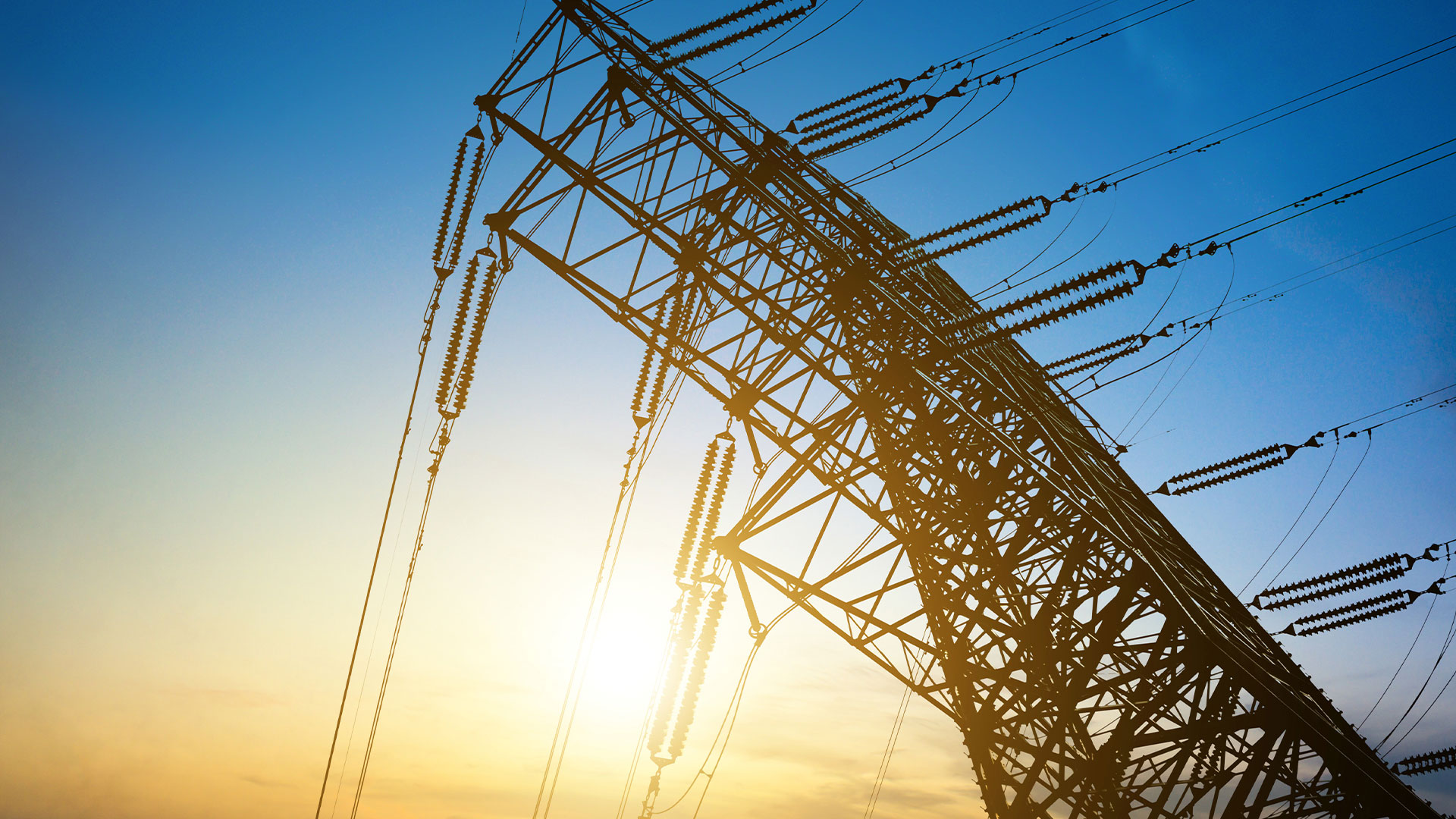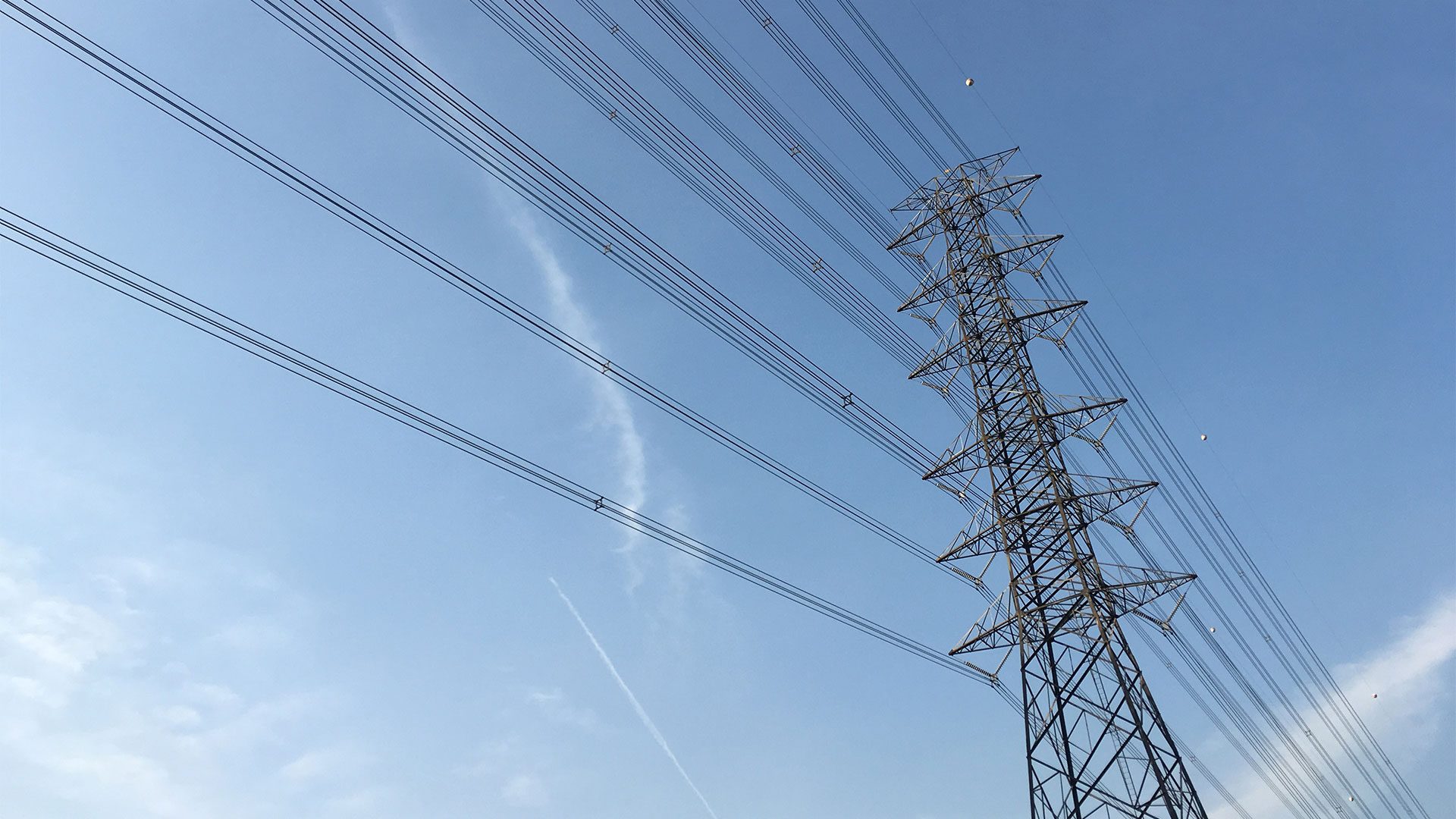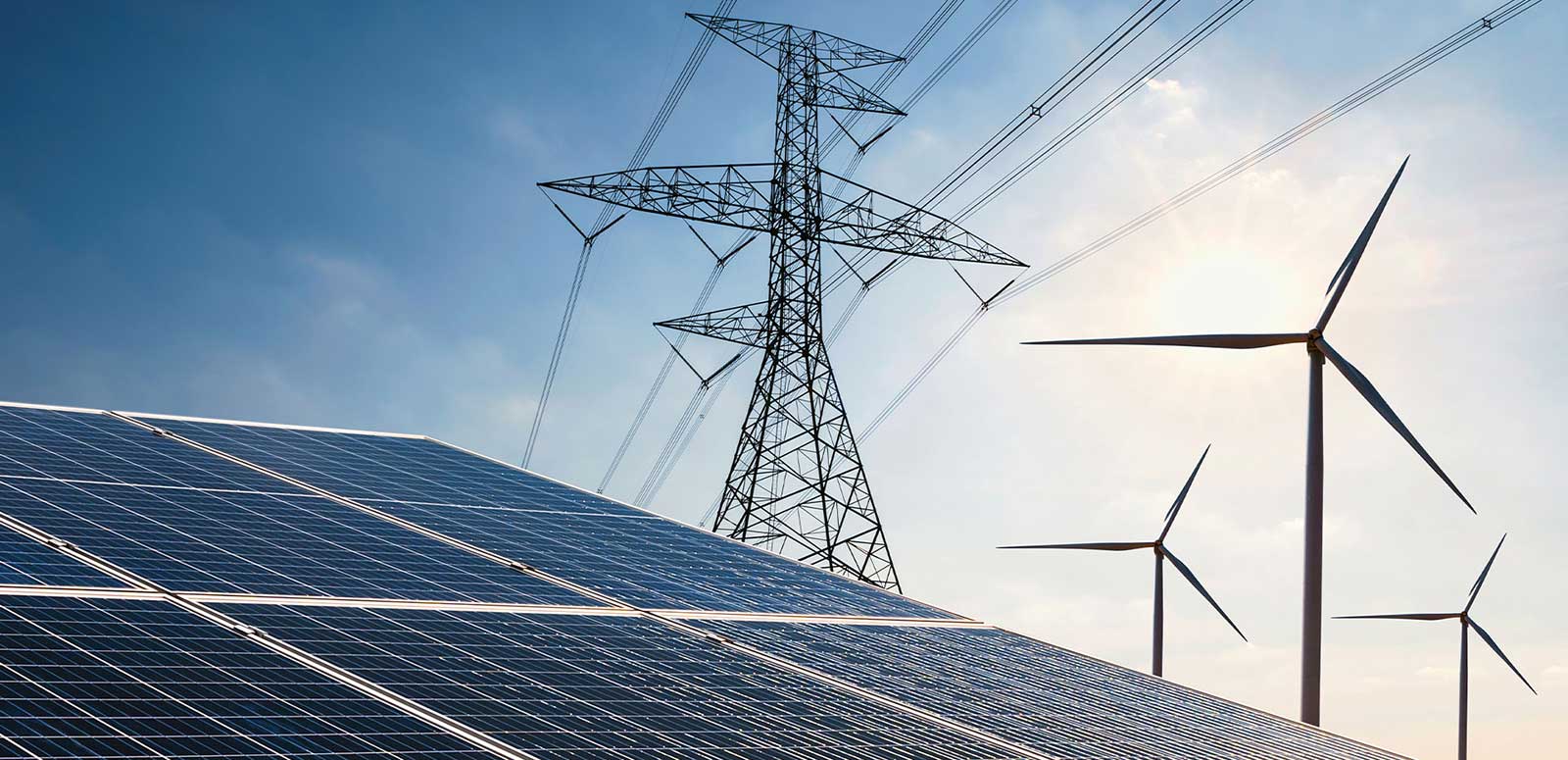The ERCOT Regional Planning Group (RPG) meeting on September 25, 2024, included status updates on several key transmission projects, discussions on future infrastructure plans, and sensitivity study assumptions. The meeting focused on reviewing ongoing transmission projects, assessing potential upgrades, and updating the group on grid reliability and resiliency.
EIR Status Update – Brownsville Area Improvements Transmission Project
The AEP Brownsville Improvements Transmission Project was submitted in March 2024, with an estimated cost of $388 million and a service date of May 2027. The project aims to address thermal overloads and voltage violations in the Brownsville area, particularly with new load additions. ERCOT provided several technical updates, noting that Option 2a was selected as the preferred option due to its cost-effectiveness, ability to meet criteria, and operational flexibility. The project is expected to move forward for TAC recommendation in October, with board endorsement in December.
EIR Status Update – Rand Area Loop Project
The Rand Area Loop Project, submitted by Rayburn Electric Cooperative (REC) in May 2024, aims to limit radial load and provide looped service to the Rand Substation. Estimated at $32.2 million with a service date of April 2027, the project has undergone ERCOT’s independent review. Of the seven options evaluated, Option 3 was selected as the preferred solution due to its cost-effectiveness, meeting REC’s planning criteria, and improving long-term load-serving capability. The EIR will be posted to the MIS in October.
EIR Status Update – Delaware Basin Stages 3 and 4 Project
The Delaware Basin Stages 3 and 4 Project was submitted by ERCOT in March 2024 with an estimated cost of $202.2 million and an in-service date of summer 2027. The project addresses reliability concerns in the Delaware Basin area, driven by significant load growth from the oil and gas sector. Stage 3 includes a new 345-kV substation and transformer upgrades, while Stage 4 involves building a new double circuit 345-kV line. ERCOT is conducting a congestion analysis and will provide updated cost estimates and further status updates.
EIR Status Update – Venus Switch to Sam Switch 345-kV Line Project
The Venus Switch to Sam Switch 345-kV Line Project, submitted by Oncor in June 2024, aims to address post-contingency thermal overloads on a critical 345-kV line. The project, with an estimated cost of $118.9 million and a completion date of May 2026, is currently under ERCOT’s independent review. Option 1, which involves upgrading various 345-kV lines, was highlighted for its potential to mitigate violations under N-1 study scenarios. Further studies are underway to assess reliability criteria.
ERCOT Independent Review Scope: Connell 345/138-kV Switch and Connell to Rockhound 345-kV Double-Circuit Line Project
The Connell 345/138-kV Switch and Connell to Rockhound 345-kV Double-Circuit Line Project was submitted by Oncor in June 2024 with an estimated cost of $110.62 million and an in-service date of December 2026. This tier one project is designed to address low voltages and thermal overloads in Western Texas, particularly in Midland and Martin counties. ERCOT plans to provide a final recommendation by Q4 2024.
Forney 345/138-kV Switch Rebuild Project
The Forney 345/138-kV Switch Rebuild Project, submitted by Oncor, aims to replace aging infrastructure and address thermal violations. The project, estimated at $103.5 million, involves rebuilding the existing Forney substation and installing a new 750 MVA auto transformer and 110.4 MVAR capacitor bank to support system reliability in Dallas and Kaufman counties. The project is part of a broader effort to modernize infrastructure built in the 1960s and is expected to be completed by December 2025.
Wilmer 345/138-kV Switch Project Overview
The Wilmer 345/138-kV Switch Project, located in Dallas County, aims to address a large load request of 756 MW at the Wilmer substation. Estimated at $158.2 million, the project involves the establishment of a new 345/138-kV switch and transmission upgrades to enhance network reliability. Oncor explained that the project, expected to be completed by 2026, is designed to prevent thermal violations and improve service to the growing load in the region.
ERCOT Independent Review Scope – Delaware Basin Stage 5 Project
The Delaware Basin Stage 5 Project, part of a larger transmission upgrade program for the Permian Basin, was reviewed by ERCOT. The project, estimated at $744.6 million, involves constructing a 345-kV double circuit line across eight counties to address significant load growth from the oil and gas industry. ERCOT’s review will evaluate various aspects, including congestion analysis and long-term load-serving capability, with a final recommendation expected by Q4 2024.
2024 RTP Economic Study Preliminary Results
ERCOT presented the 2024 RTP Economic Study results, which included peak load forecasts of 90,702 MW in 2026 and 94,410 MW in 2029. The study assessed economic benefits and congestion impacts, with total congestion costs projected at $1.1 billion in 2026 and $928 million in 2029. Key areas of congestion included West Texas, the Panhandle, and the Houston Interface.
ERCOT Extra-High Voltage Infrastructure Update
ERCOT provided an update on its Extra-High Voltage (EHV) Infrastructure initiative, which is being developed in two phases. Phase One focuses on constructing 765-kV lines for the Permian Basin, while Phase Two explores potential expansions into the Panhandle and Valley regions. The initiative aims to improve transfer capability and reduce line losses, with ongoing discussions with TSPs and stakeholders to address routing challenges.
2024 Grid Reliability and Resiliency Assessment Assumptions
ERCOT’s reliability and resiliency assessment will consider extreme weather scenarios, such as winter storms and summer hurricanes, based on Senate Bill 1281 and Texas Administrative Code 25.101. The 2024 assessment will analyze worst-case scenarios, including a Category 5 hurricane impacting the Houston area and extreme cold weather similar to Winter Storm Uri. The assessment includes battery dispatch and thermal generation loss calculations to ensure grid stability during these extreme events.



